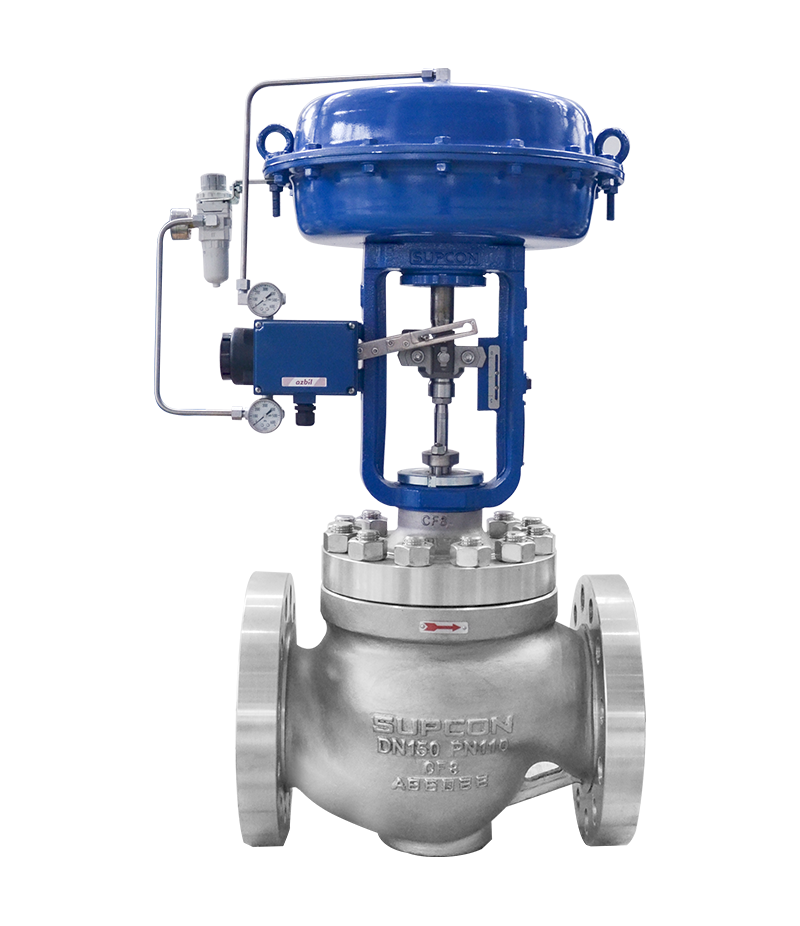Maximize Power Savings and Convenience With Advanced Building Automation Controls
In the world of contemporary style and facility monitoring, the combination of advanced structure automation controls stands as a pivotal innovation. By using the power of automation, structures can adapt, react, and develop in ways that were when unbelievable.
Energy Performance Benefits
Power efficiency benefits can considerably minimize power consumption and operational costs in structures. Energy-efficient systems, such as innovative structure automation controls, can optimize the usage of resources like lights, air conditioning, and home heating, leading to lower energy expenditures over time.
Furthermore, enhanced energy efficiency can prolong the life expectancy of structure devices and systems. By operating more successfully, heating and cooling systems, lighting fixture, and other structure elements experience less damage, resulting in lowered maintenance and replacement expenses. Additionally, energy-efficient buildings typically command greater home values and rental rates, providing lasting financial advantages to proprietors.
In addition, energy performance can boost passenger comfort and productivity. Properly controlled indoor atmospheres with optimal lighting and thermal problems produce an even more pleasurable and conducive work area, leading to enhanced staff member satisfaction and efficiency. In general, the power efficiency advantages connected with innovative structure automation controls are complex, encompassing price savings, environmental stewardship, and occupant well-being.
Boosted Convenience Control
Enhancing convenience control in structure atmospheres needs an innovative integration of advanced automation systems for optimal owner wellness. By utilizing innovative building automation controls, centers can tailor the indoor setting to satisfy the particular requirements and preferences of passengers. control valves.
Improved comfort control surpasses basic temperature level changes. It consists of functions such as individualized setups, occupancy sensors, and natural light usage to create a receptive and dynamic atmosphere. By incorporating these innovative controls, buildings can not just improve comfort yet also boost energy performance by enhancing system procedures based on real occupancy and use patterns. Ultimately, focusing on passenger comfort via sophisticated automation systems leads to an extra satisfying and healthier indoor setting.
Functional Performance Improvements

Moreover, the implementation of real-time monitoring and analytics devices allows building drivers to determine energy inefficiencies and functional abnormalities immediately. By constantly monitoring power use patterns and system efficiency metrics, adjustments can be made in real-time to maximize power learn the facts here now consumption and make certain peak functional efficiency. control valves. Additionally, including need reaction approaches into structure automation controls can further enhance operational performance by dynamically adjusting power use based on grid conditions and prices signals
Indoor Environment Optimization
Efficient interior environment optimization is a basic aspect of structure automation controls, making certain residents' convenience and health while making the most of power savings. By utilizing sophisticated sensing units and controls, building automation systems can constantly adjust and keep an eye on temperature, moisture degrees, air quality, and ventilation to develop an ideal interior atmosphere. Preserving comfy and consistent conditions not just improves resident fulfillment but additionally increases performance and general health.
Indoor climate optimization also plays a crucial role in energy efficiency. By fine-tuning heating, air conditioning, and air flow systems based on real-time information and tenancy patterns, constructing automation controls can considerably decrease energy usage - control valves. For example, implementing techniques such as demand-controlled ventilation and thermal zoning can assist lessen power waste while ensuring that each area of the building you can try this out obtains the required conditioning.

Sustainable Environment Creation
Structure automation regulates not only optimize interior climate problems for energy performance and resident convenience however also lay the structure for creating a lasting environment via tactical management of sources and systems. By integrating sophisticated building automation modern technologies, such as sensors, actuators, and intelligent software program, facilities can adjust and keep an eye on energy usage in real-time to decrease waste and decrease their carbon impact. These systems enable anticipating maintenance, recognizing potential problems prior to they escalate and maximizing tools performance to enhance longevity and effectiveness.
Moreover, sustainable setting production expands beyond energy see it here administration to encompass water conservation, waste reduction, and indoor air top quality improvement. Building automation controls can control water use, identify leaks, and make sure correct waste disposal practices, contributing to general sustainability initiatives. Additionally, by controlling and monitoring ventilation and filtering systems, these modern technologies boost owner health and productivity while reducing energy consumption connected with a/c operations.
Final Thought
Finally, progressed structure automation controls deal substantial advantages in terms of energy savings, convenience control, operational efficiency, interior environment optimization, and producing a sustainable atmosphere. By applying these controls, structures can accomplish optimal efficiency while decreasing energy consumption and improving owner convenience. It is obvious that using innovative automation modern technology is crucial in boosting building efficiency and developing an extra sustainable future.
Power effectiveness benefits can dramatically minimize energy intake and functional costs in buildings. On the whole, the power efficiency benefits linked with advanced structure automation controls are multifaceted, incorporating expense financial savings, environmental stewardship, and occupant wellness.
Additionally, integrating demand feedback strategies into structure automation controls can further enhance operational effectiveness by dynamically changing power use based on grid problems and prices signals.
Structure automation regulates not just optimize indoor climate conditions for power effectiveness and occupant convenience however additionally lay the structure for developing a lasting setting via critical monitoring of resources and systems.In verdict, progressed building automation manages offer significant benefits in terms of energy savings, comfort control, functional performance, interior environment optimization, and producing a sustainable environment.
Comments on “Vital Variables to Consider When Selecting Control Valves”